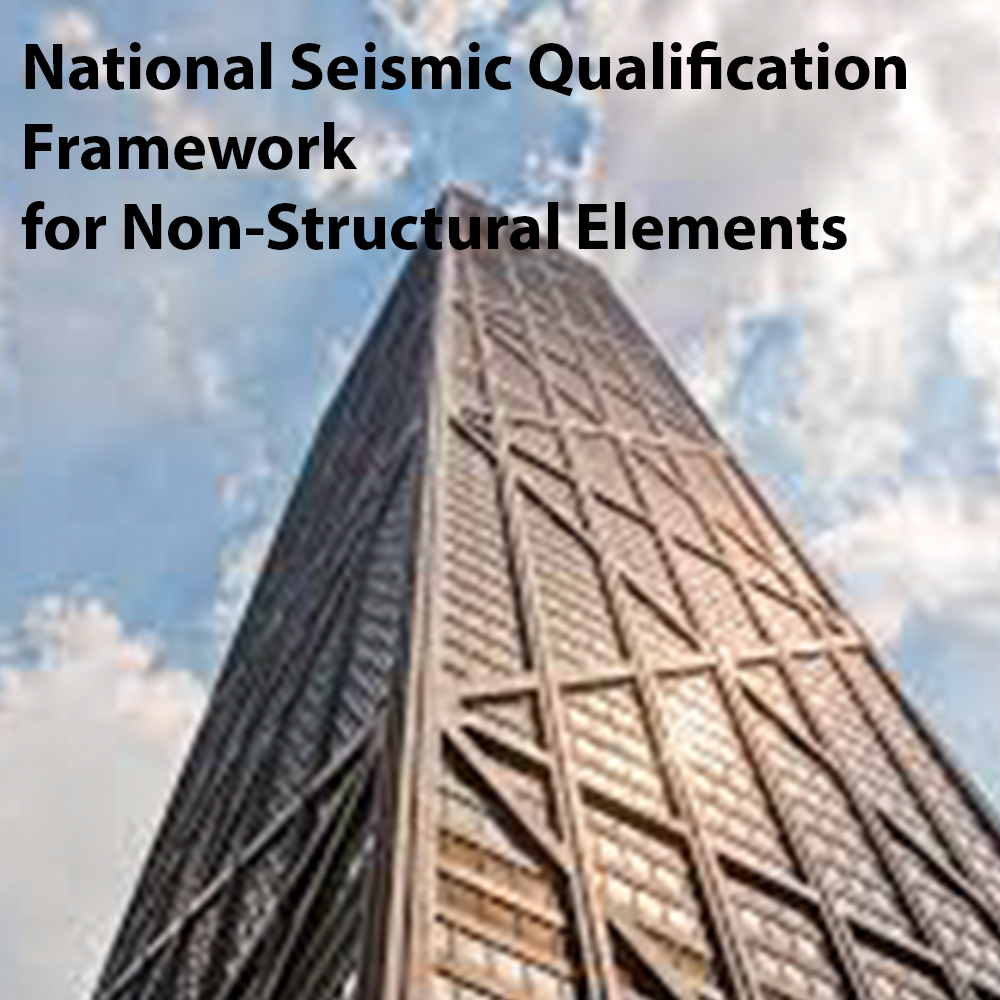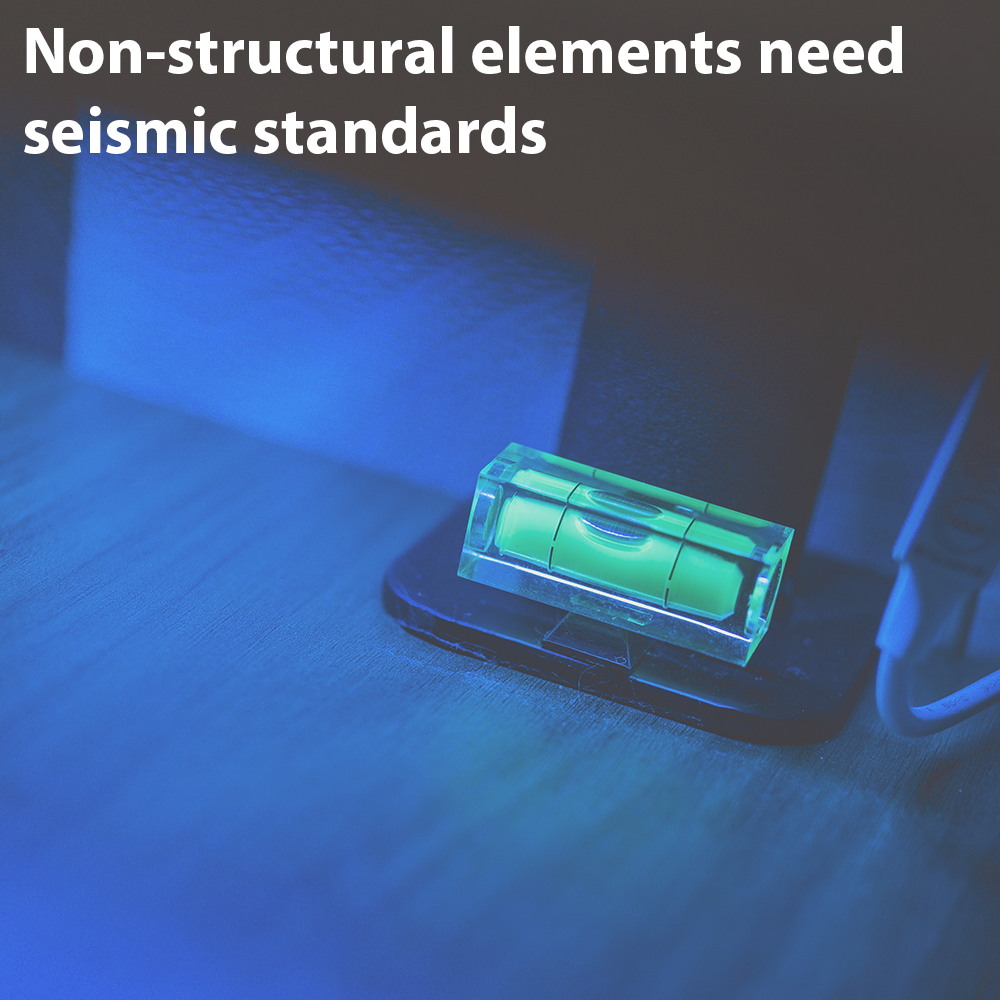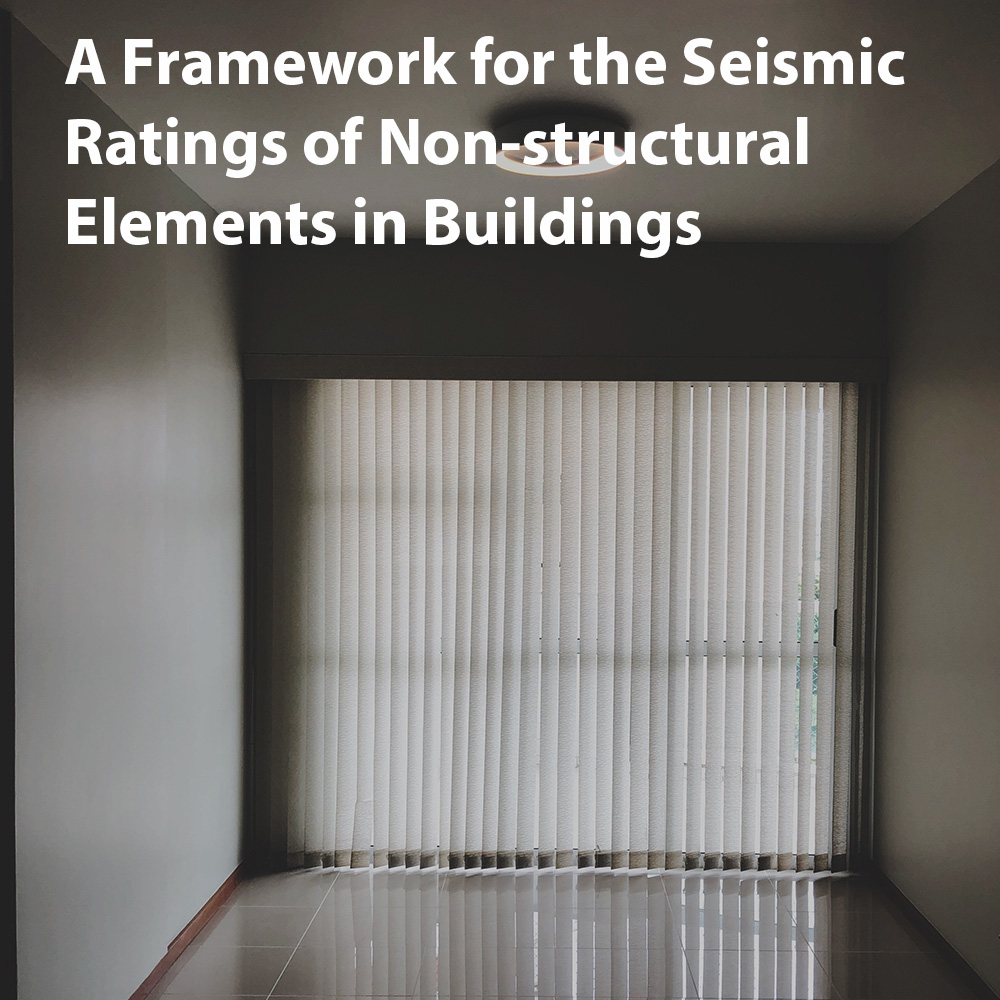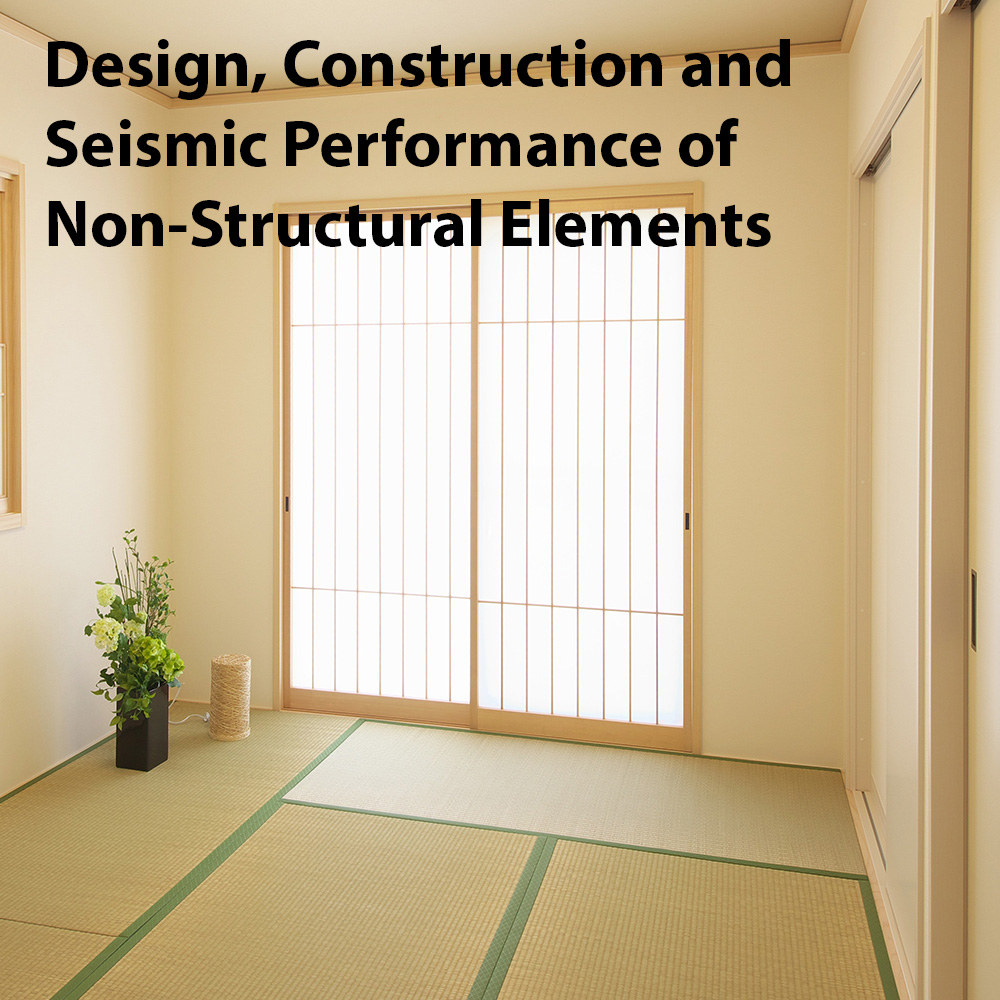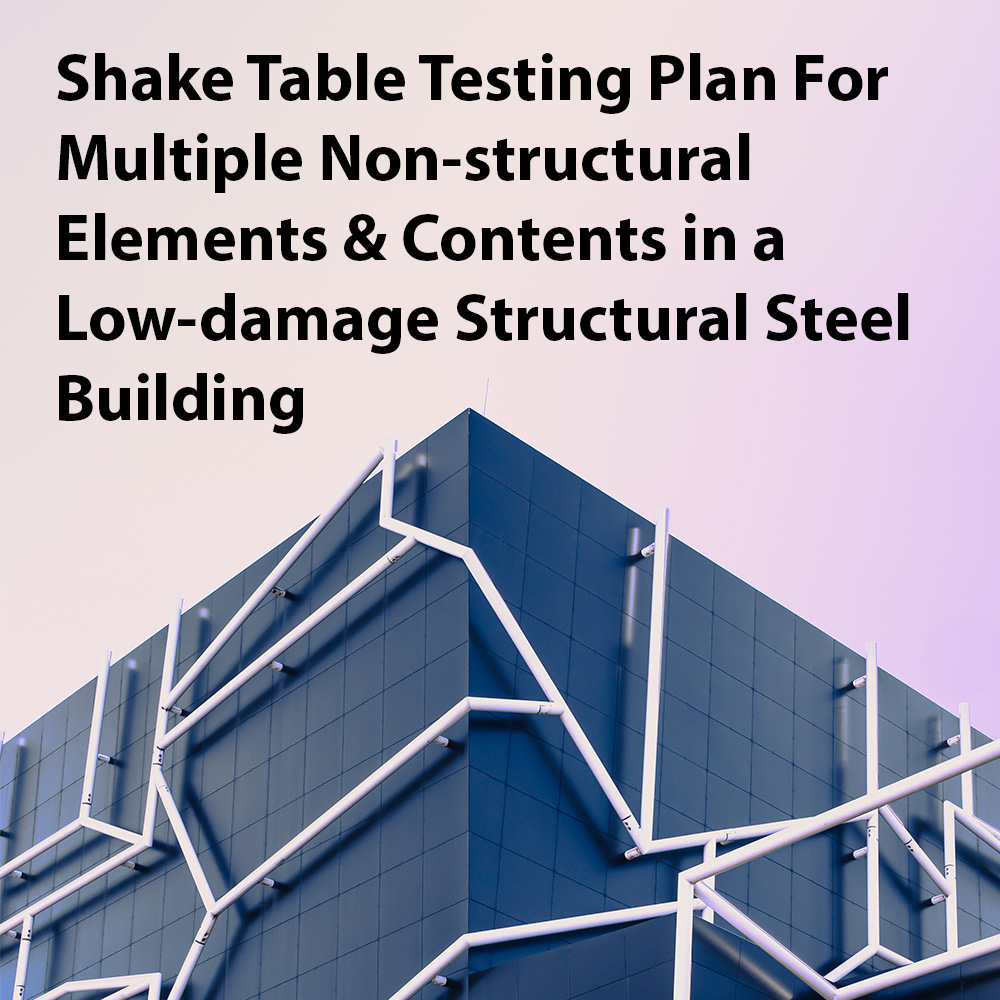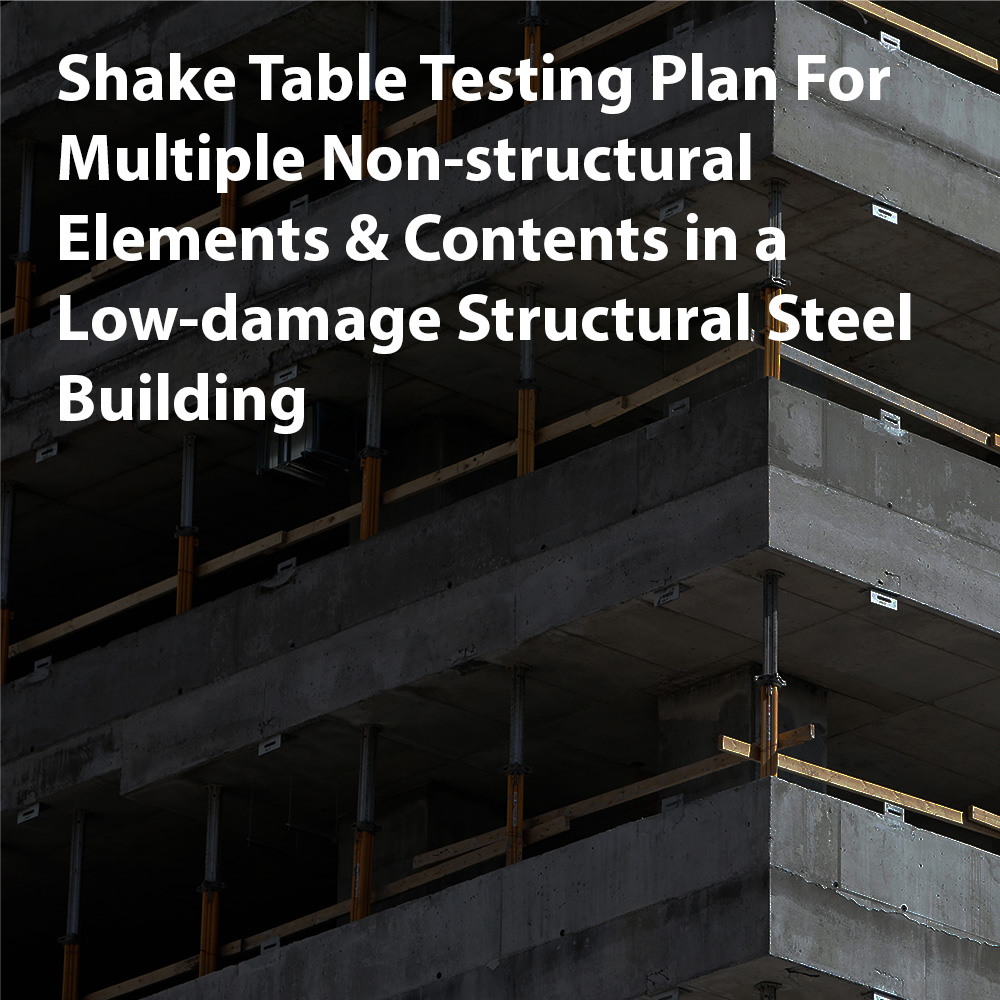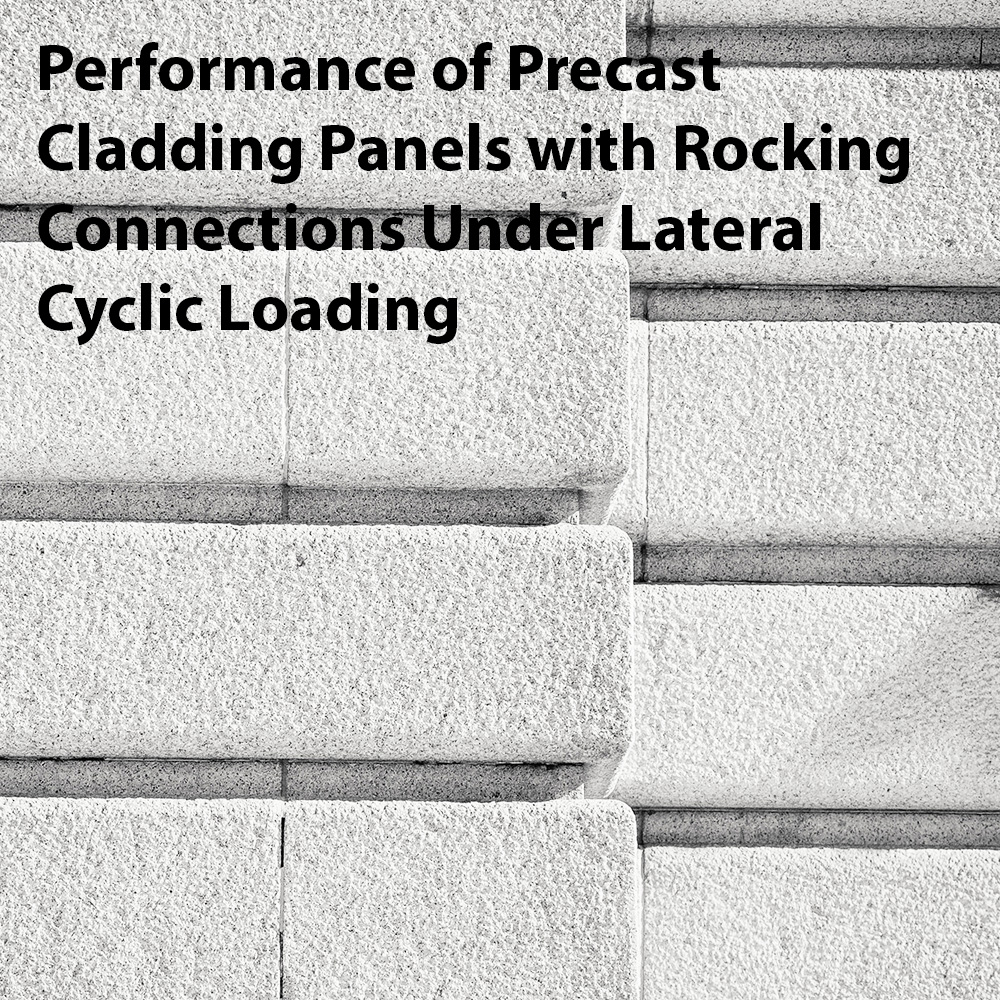Recent studies on non-structural elements (NSEs) in New Zealand have found that there is insufficient knowledge about the seismic performance of NSEs and particularly how this performance impacts their primary
Engineers have come a long way in ensuring that the skeleton of a building does not fracture in an earthquake. However, work is now needed for our buildings to also
Research into the seismic performance of non-structural elements over the past decade in New Zealand has identified a number of areas in which changes should be made.The performance of buildings
Research into the seismic performance of non-structural elements over the past decade in New Zealand has identified a number of areas in which changes should be made. download output
An extensive strategic review was undertaken of the current state of the design, coordination and construction of non-structural elements in New Zealand’s construction industry. Also included was a review of
The Robust Building Systems (ROBUST) project is aimed at enhancing the seismic resilience of buildings by introducing and validating low-damage concepts for the structural and non-structural elements (NSEs). download output
Probabilistic assessment methods, such as those described in the FEMA P-58 framework, underpin modern performance based earthquake engineering. Such assessment permits quantification of useful seismic risk metrics, such as the
Several concrete cladding panels were damaged during the 2011 Christchurch Earthquakes in New Zealand. Damage included partial collapse of panels, rupture of joint sealants, cracking and corner crushing. Installation errors,
Several concrete cladding panels were damaged during the 2011 Christchurch Earthquakes in New Zealand. Damage included partial collapse of panels, rupture of joint sealants, cracking and corner crushing. Installation errors,

